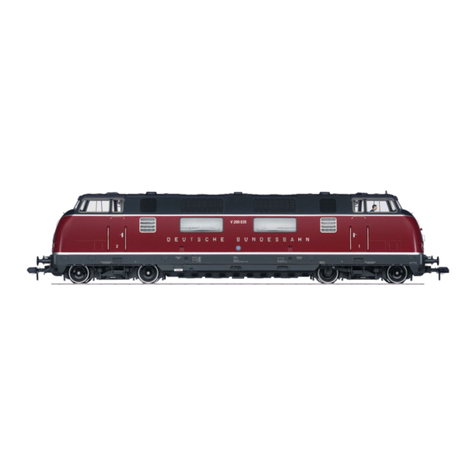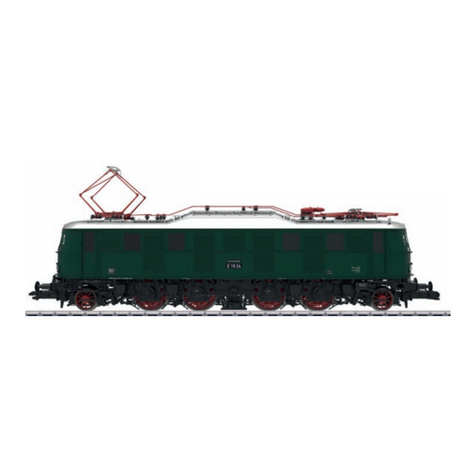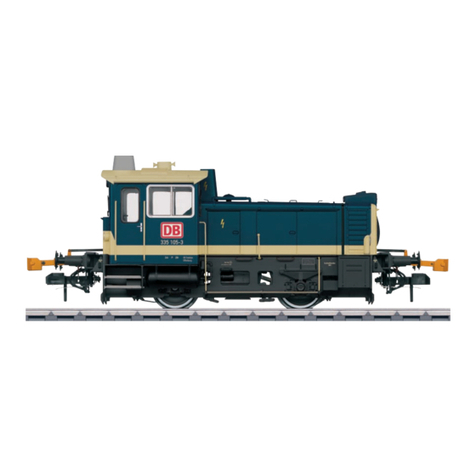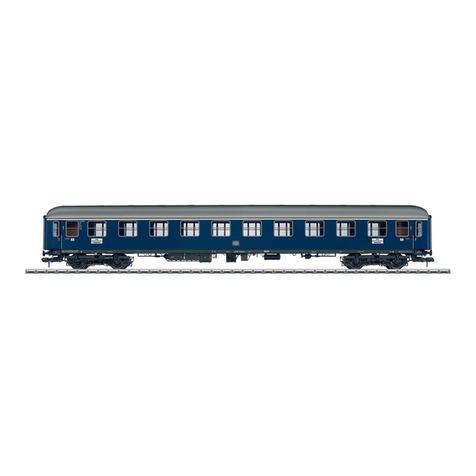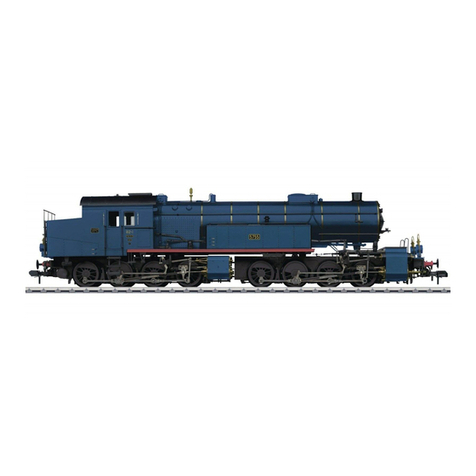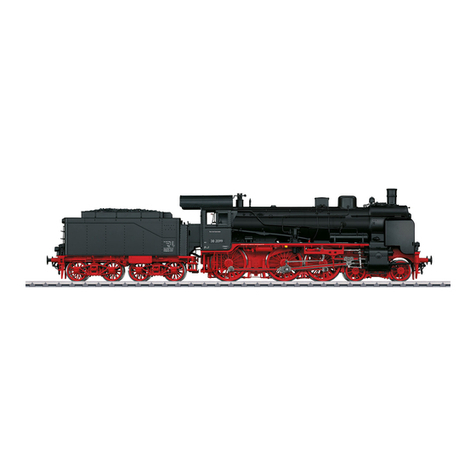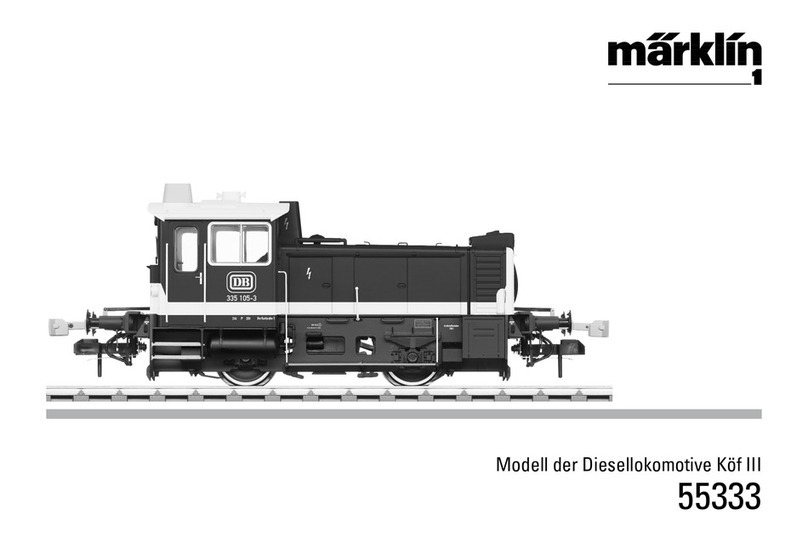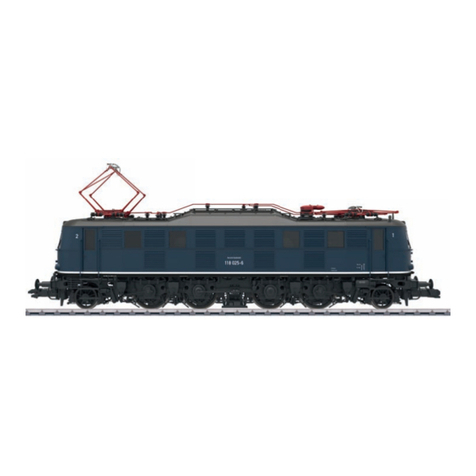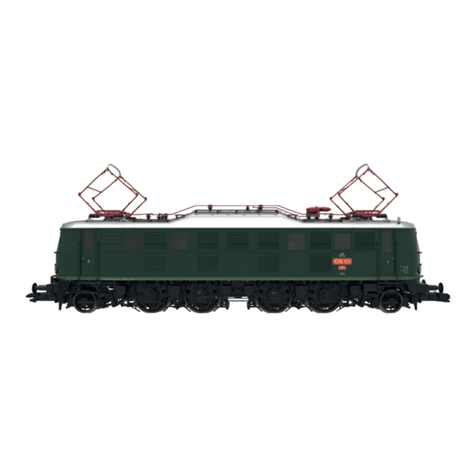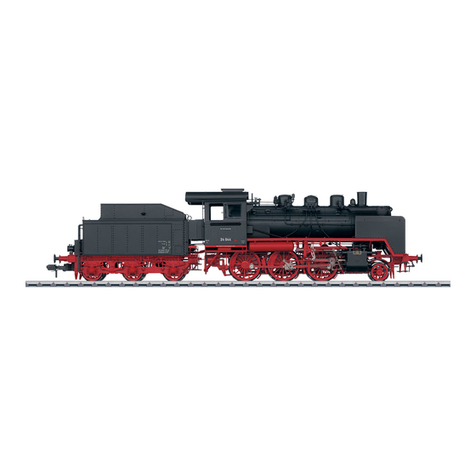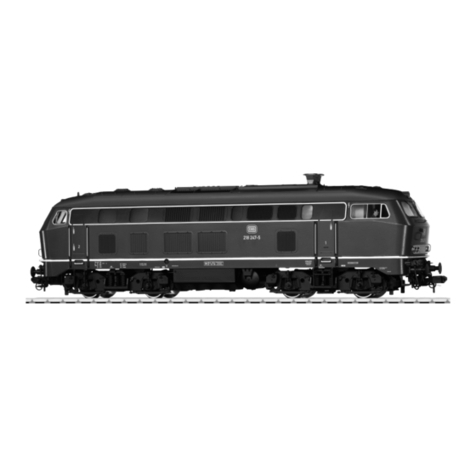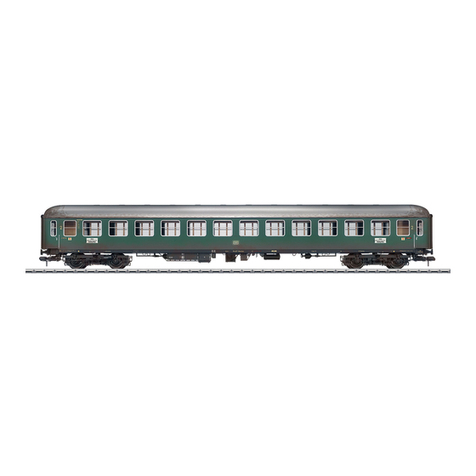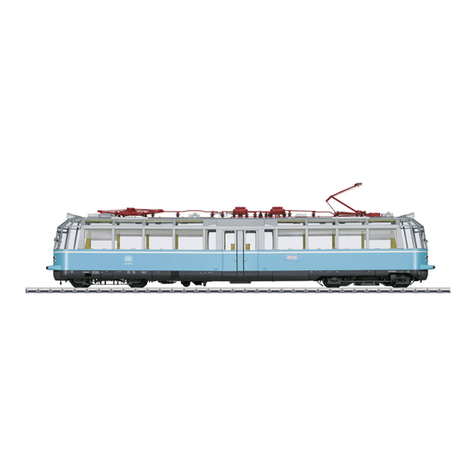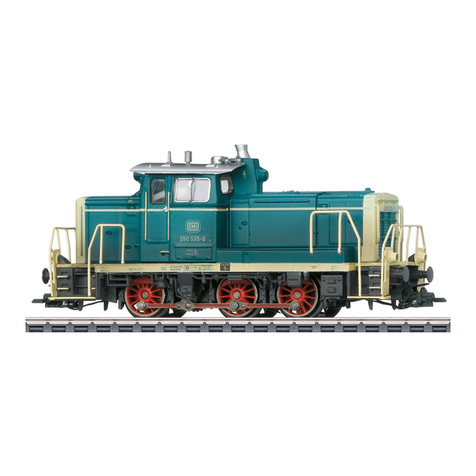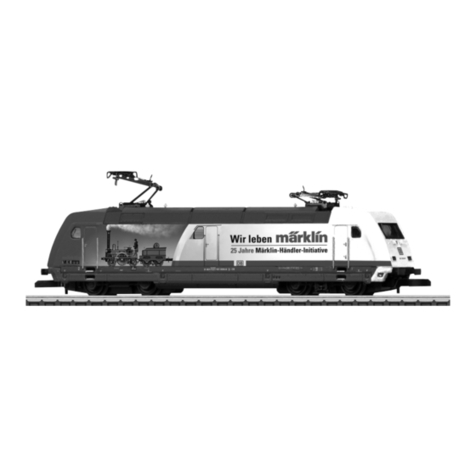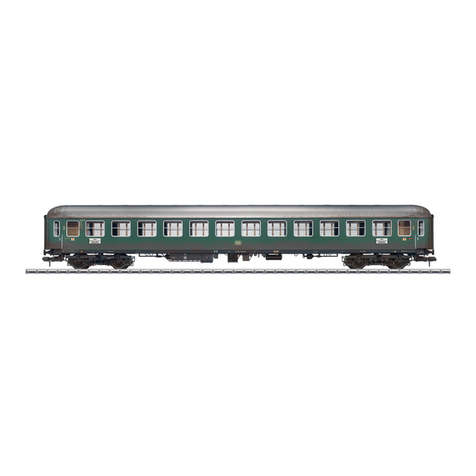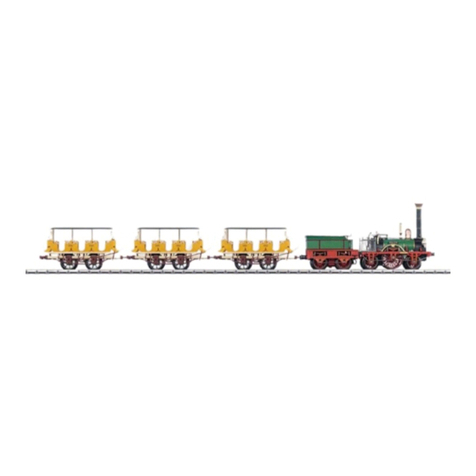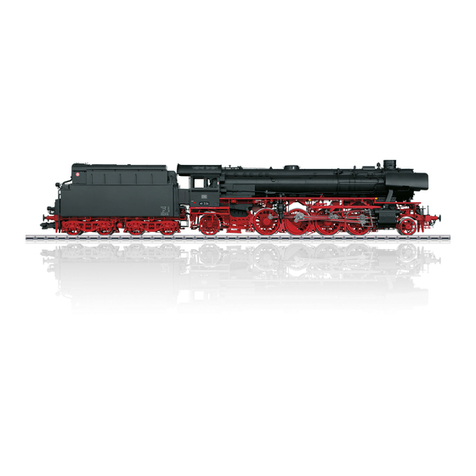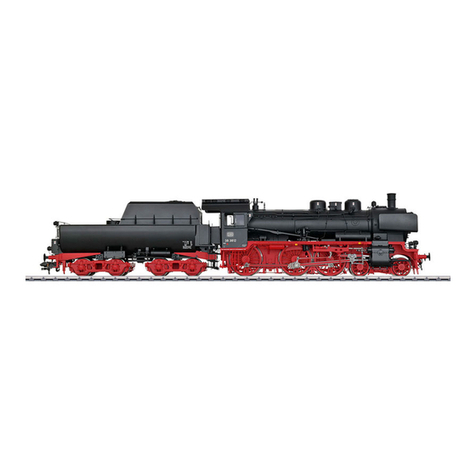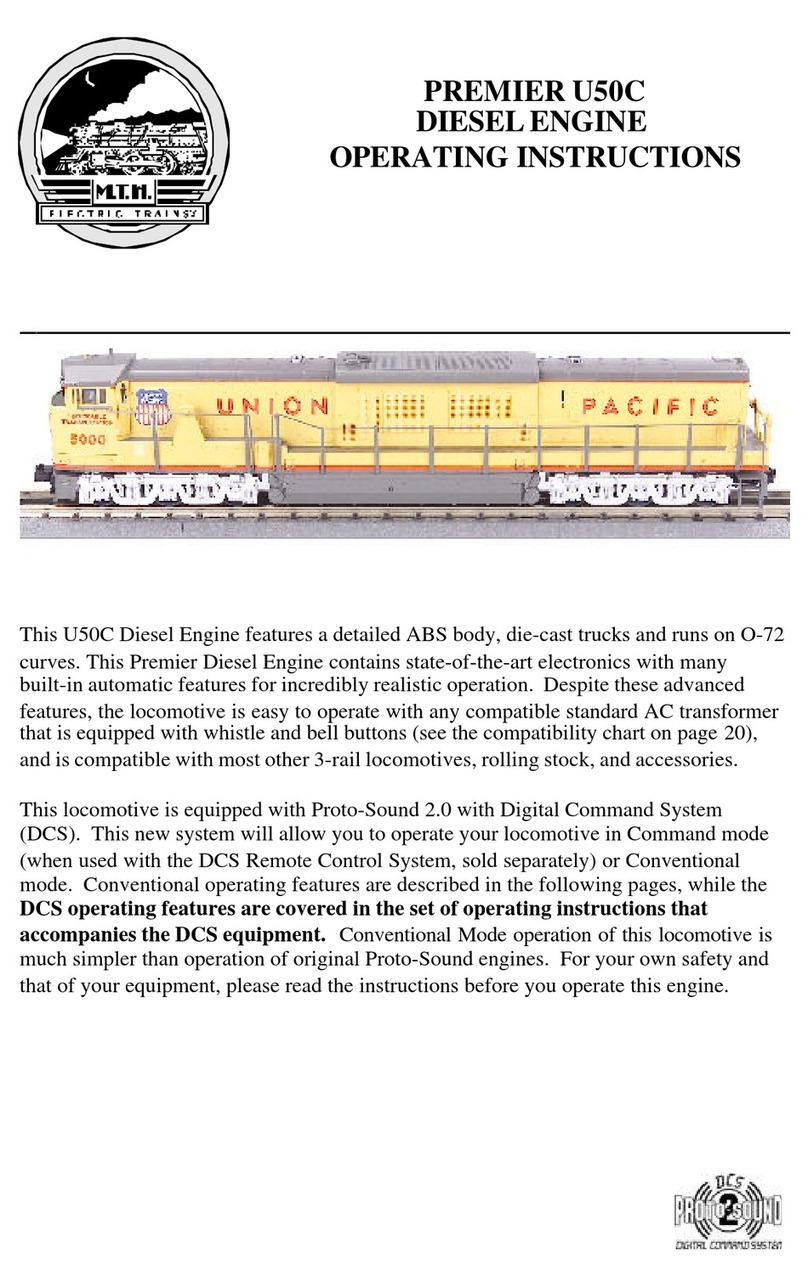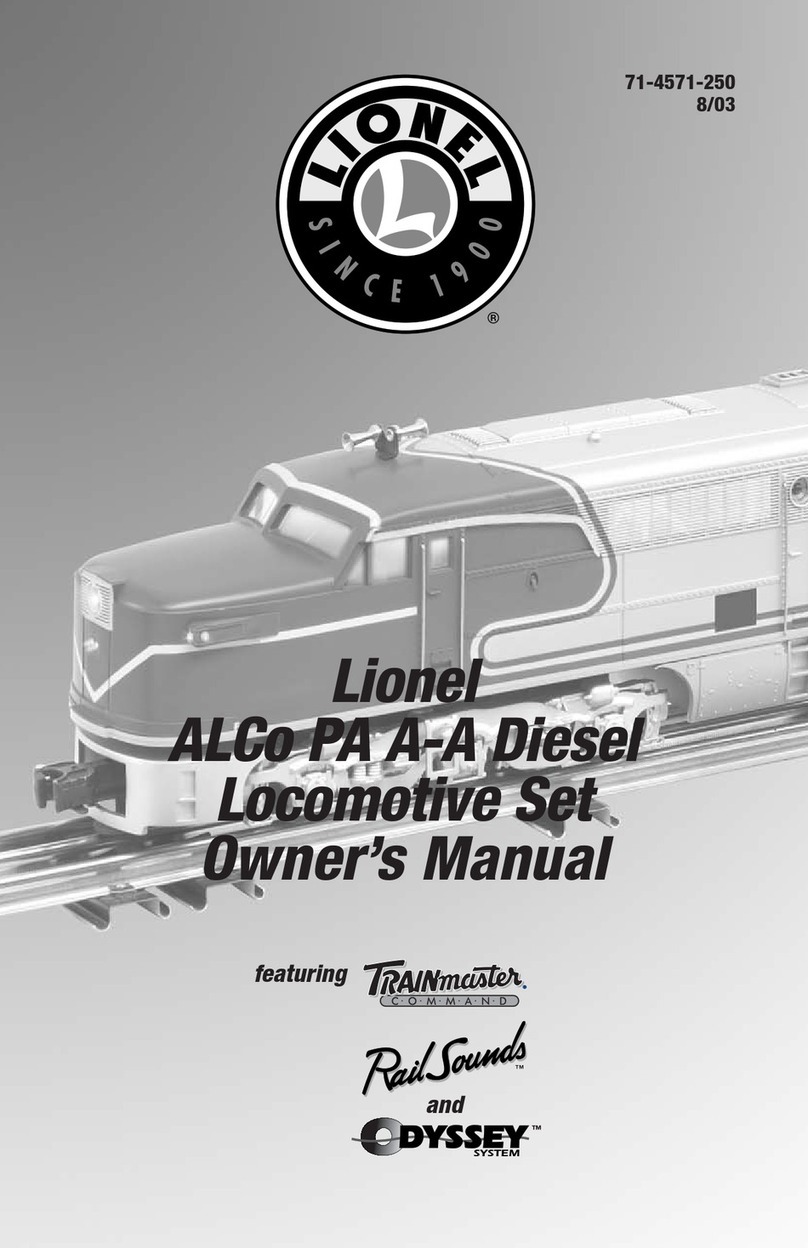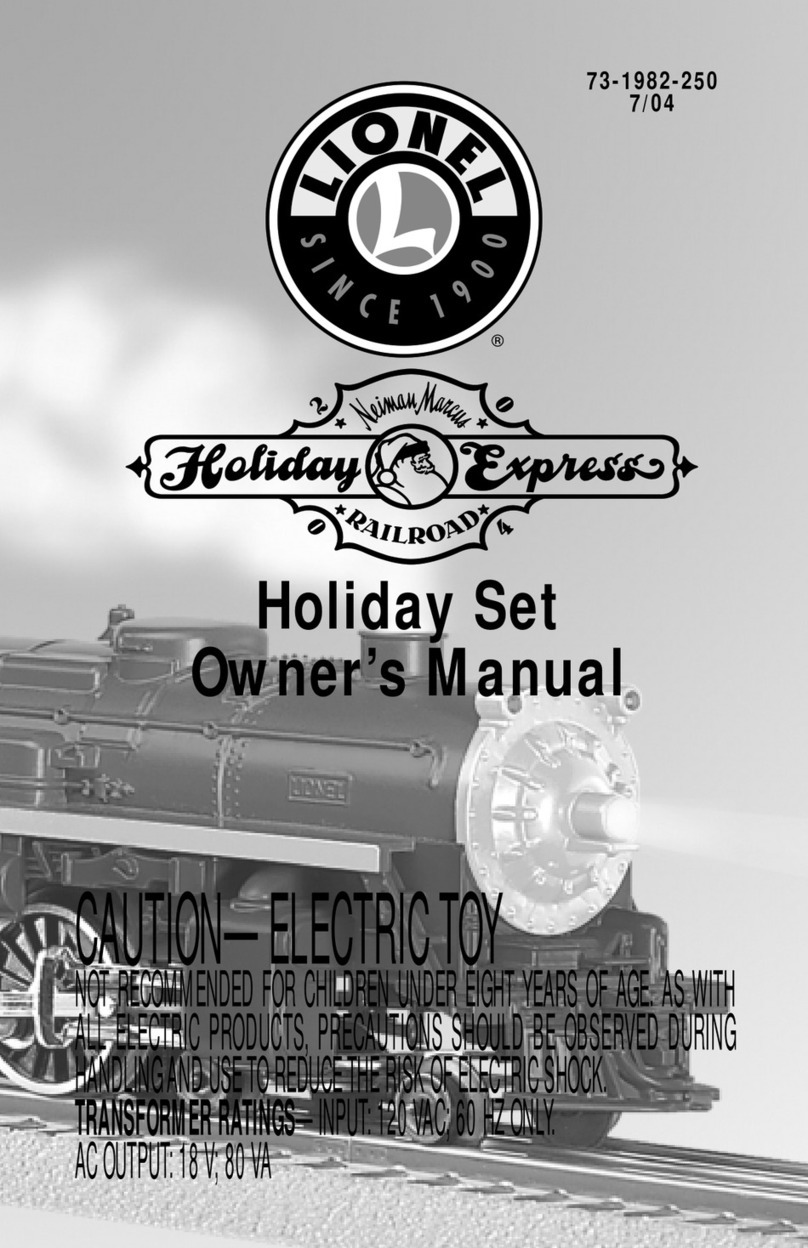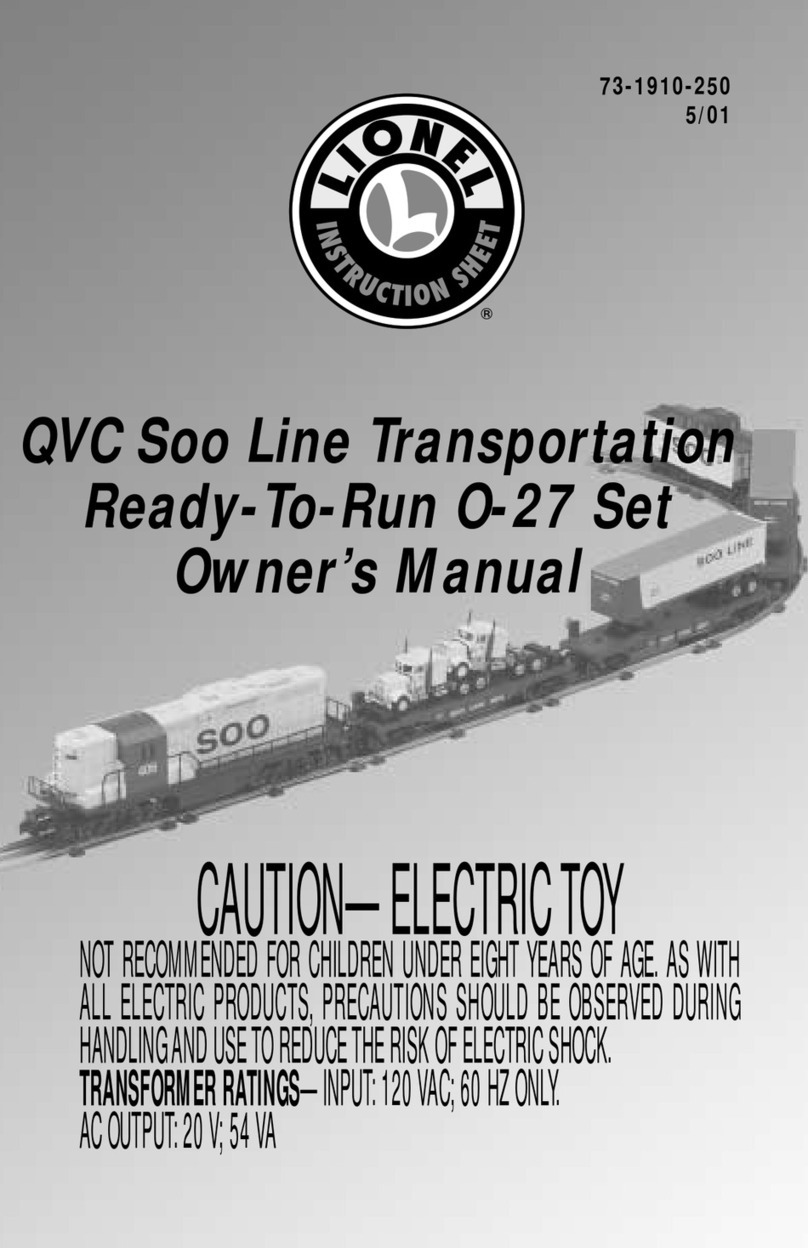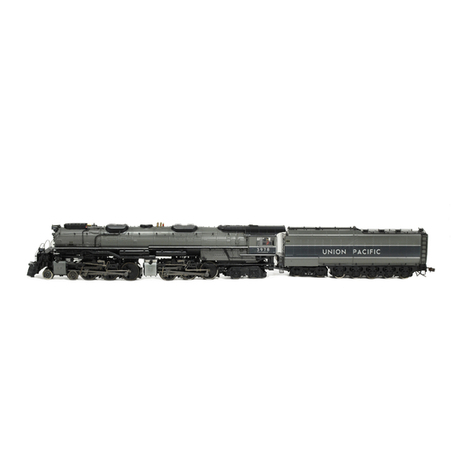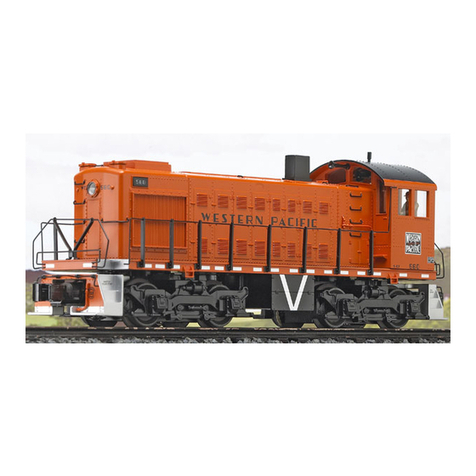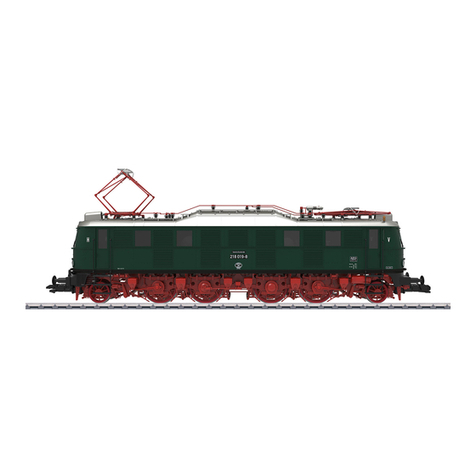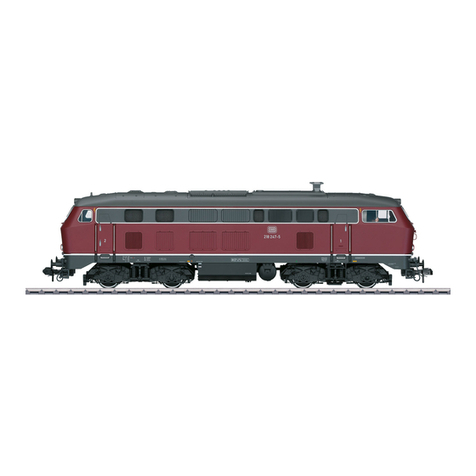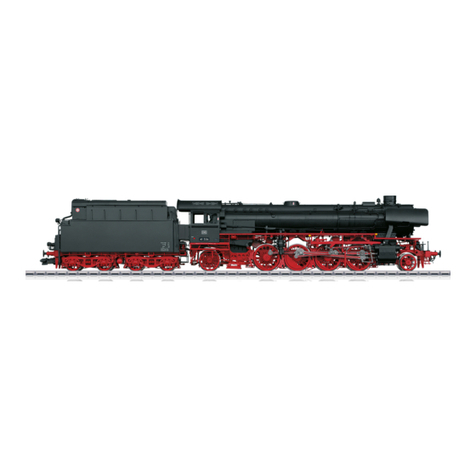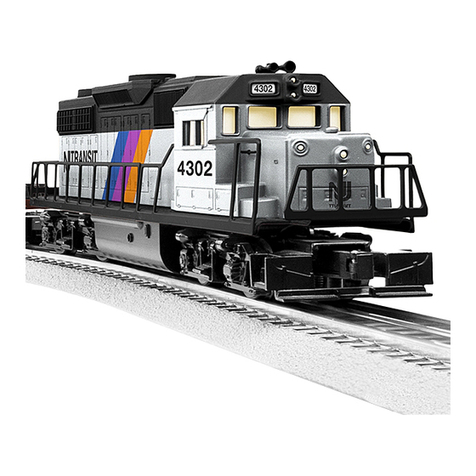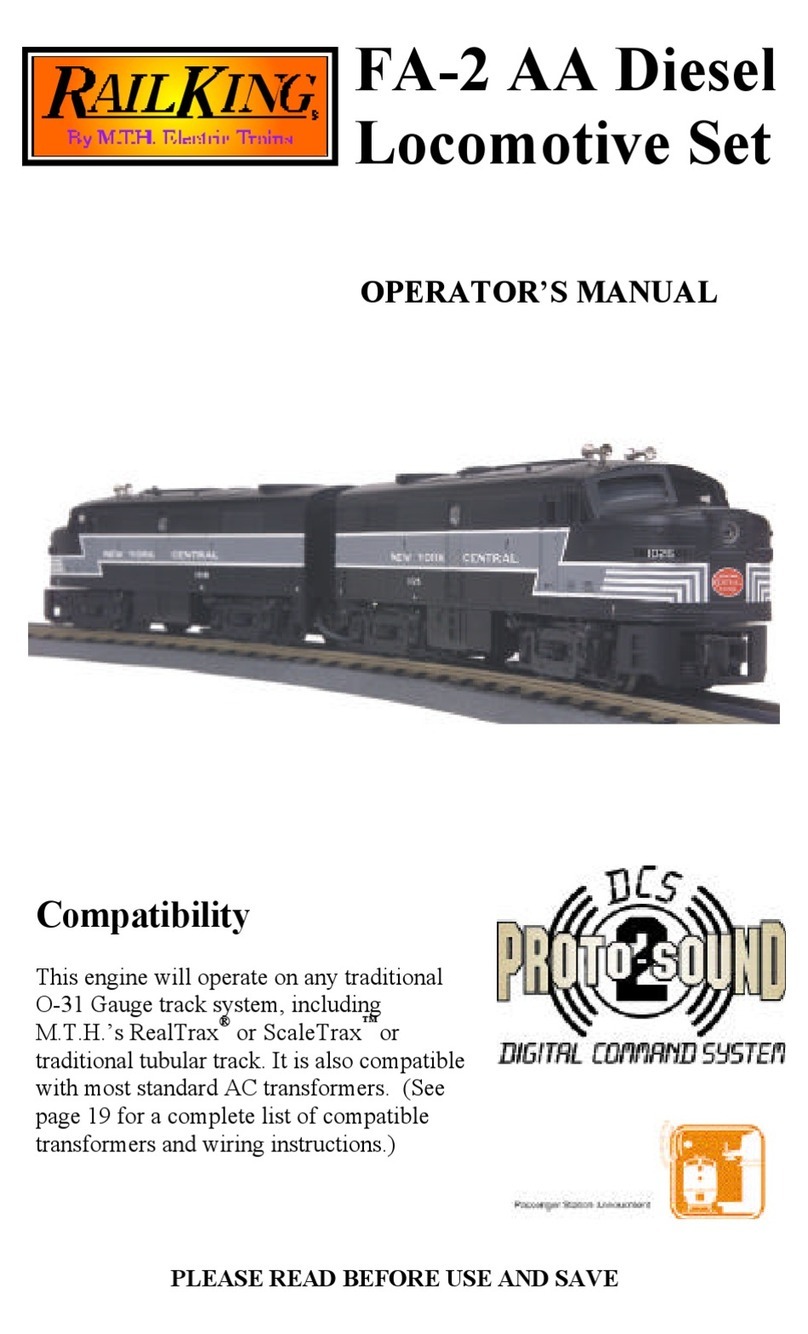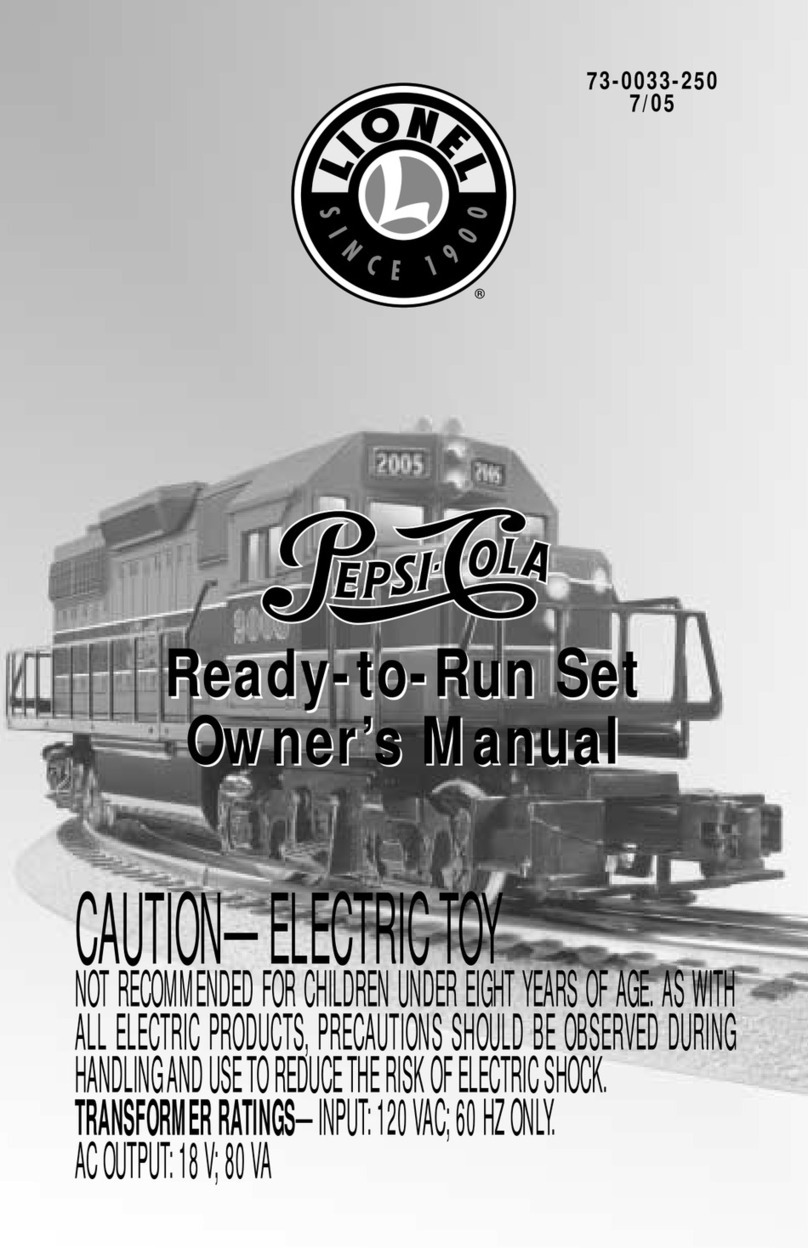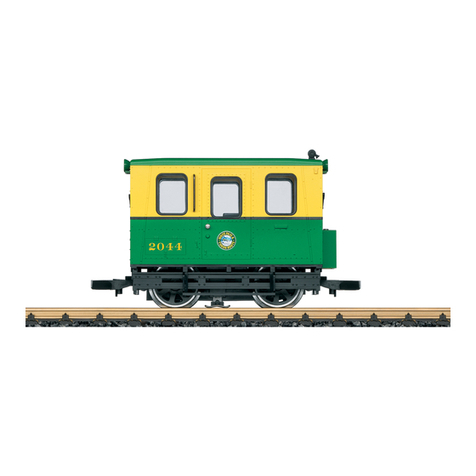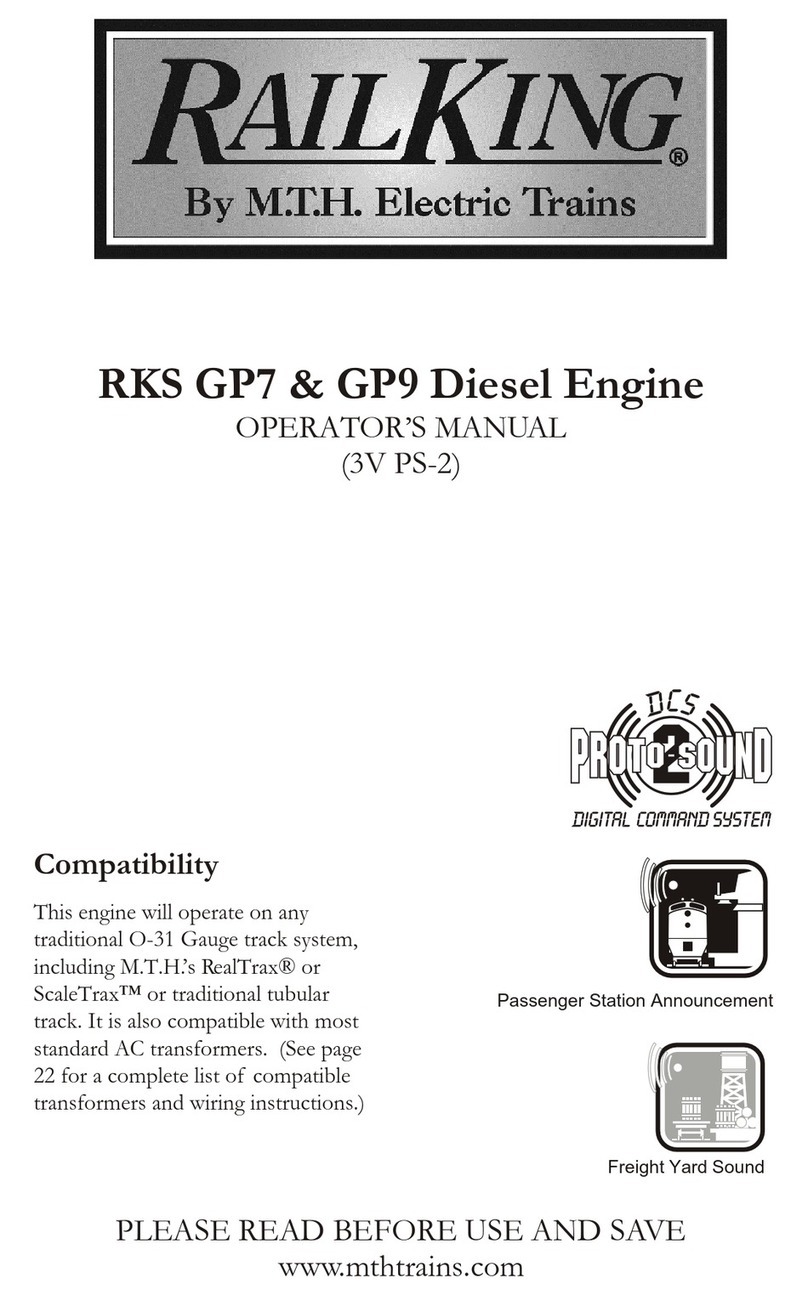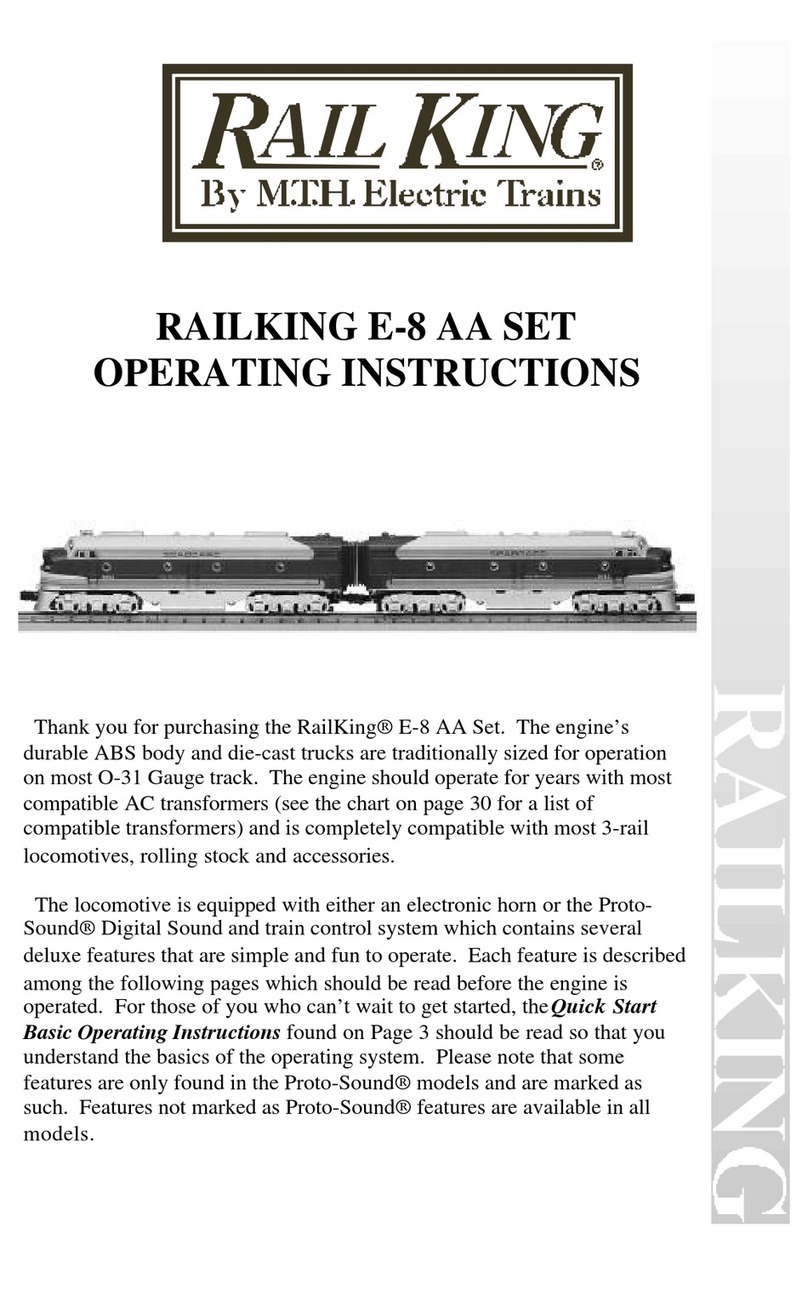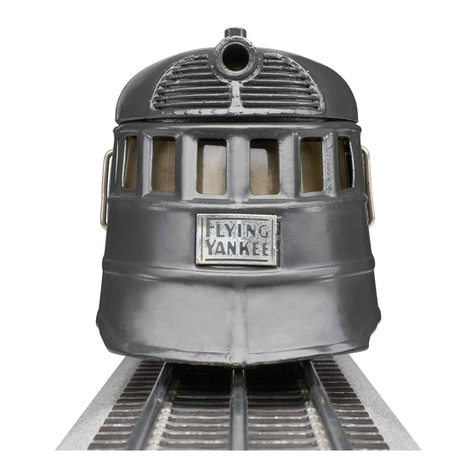
8
Vorbild • Prototype Exploitation dans le réelle • Grootbedrijf
De Krokodillen
Wat is een Krokodil?
Liefhebbers hebben de zware elektrische locomotieven van het
type Ce 6/8 met de naam van dit exotische reptiel gedoopt. Ze zijn in
Zwitserland vanaf 1919 voornamelijk voor de Gotthardlijn gebouwd.
De locs zijn inmiddels tot mythe verheven en hebben daarmee iets
bereikt, wat anders alleen aan stoomlocomotieven gegund is: de
afstand tussen mens en machine werd minder.
Niet alleen spoorwegmensen, maar ook technici en historici hebben
deze locomotieven als mijlpaal in de geschiedenis van de techniek en
als symbool van de vooruitgang waardig geacht. Toen de machines
gebouwd werden, golden ze als overtuigende oplossing van een
ernstig spoorwegtechnisch probleem.
Over het wanneer en waarom de locs hun bijnaam kregen, zijn de
geleerden het nog niet eens. Of het de lange snuit was, de kracht
die van hen uitging, de gelede opbouw of zelfs de kleur – eerst bruin,
later groen –, daar kunnen ze nauwelijks meer achter komen.
Gedwongen door moeilijkheden bij de aanschaffing van voldoende
materiaal en brandstof, besloten de Zwitserse Spoorwegen (SBB) in
augustus 1918 de electrificatie op alle veel bereden trajecten van hun
gehele spoorwegnet uit te breiden.
Capaciteitsproblemen, welke het belangrijke Gotthard-traject aan de
machines stelde, b.v. twee heen- en terugritten Arth - Goldau - Chi-
asso binnen 28 uur met een getrokken last van ca. 430 ton op steile
hellingen en ca. 850 ton op daltrajecten met maximaal 10 ‰ steiging,
hebben voor het goederenverkeer geleid tot de ontwikkeling van de
beroemde “Krokodillen“ Ce 6/8 II.
Dit legendarische loctype werd van 1919 - 1922 in 33 eenheden
gebouwd door de firma‘s SLM (Schweizerische Lokomotiv- und
Maschinenfabrik Winterthur) en MFO (Maschinenfabrik Oerlikon) en
aan de SBB afgeleverd. Technisch onderscheidden zich deze loco-
motieven door Bisselloopassen en vlakke driehoek-koppelstangen
als aandrijforgaan. De aandrijving van elk van de beide draaistellen
werd verzorgd door elk twee motoren, die via raderwerk op een
gemeenschappelijke tussenas werkten, waarvan de krukken aan het
ene einde van de driehoek-koppelstang lagerden en aan het andere
einde een kruk in beweging bracht aan een oorspronkelijk slingerend
geplaatste hulpas.
Het voornaamste voordeel van de gekozen wijze van aandrijving lag
overeenkomstig de rendementseisen daarin, dat in tegenstelling met
de gebruikelijke schuine drijfstangkrachtoverbrenging nu horizontale
krachten van de tussendrijfas op de wielen werden overgebracht.
Het vermogen van dit type Ce 6/8II kon met 1.648 kW (2.240 pk) aange-
geven worden bij 36 km/u, en de maximumsnelheid bedroeg 65 km/h.
Als dienstgewicht werd 128 t genoemd.
Opvallende details in de uitvoering van de historische locomotief
Ce 6/8 II, nr. 14 253, welke heden nog regelmatig voor speciale ritten
wordt inge- zet in het gebied van zijn thuisstation Erstfeld (Zwitser-
land), zijn behalve de bruine kleur voor middenbouw en vooren ach-
teruitbouw, zwartgelakte drijfwerken, freems en omlopen alsmede 4
opengaande deuren voor de bestuurderscabines.
Het remmen werd verzorgd door elk 2 remblokken per drijfas, die via
een dubbele Westinghouse-drukluchtrem of met de hand bediend
konden worden. Daarbij werkte de handrem per bestuurderscabine
op de daarvoor liggende drijfassen. Ieder drijfstel kreeg ter verhoging
van de trekkracht bij grensgevallen van de belasting elk twee voor en
achter de drijfwielen aangebrachte zandkisten.
De tot 1922 door SLM en MFO gebouwde 33 locomotieven van het
type Ce 6/8 II namen jarenlang de zware goederentreindienst over
het Gotthard-traject voor hun rekening. De behoefte naar sterkere
en snellere machines alsmede steeds meer voorkomende storingen
